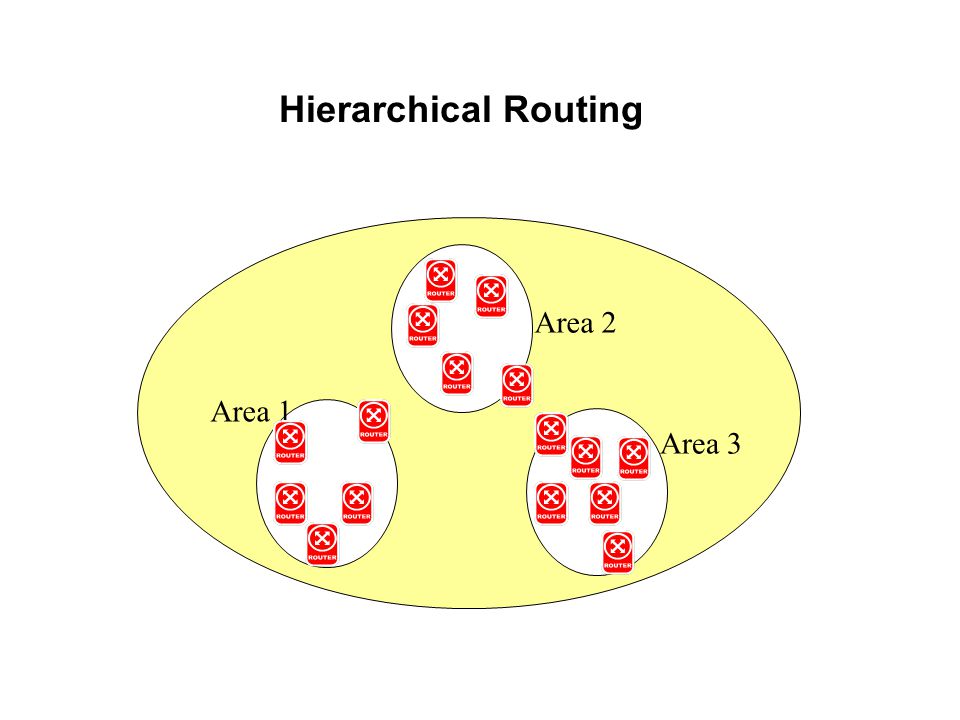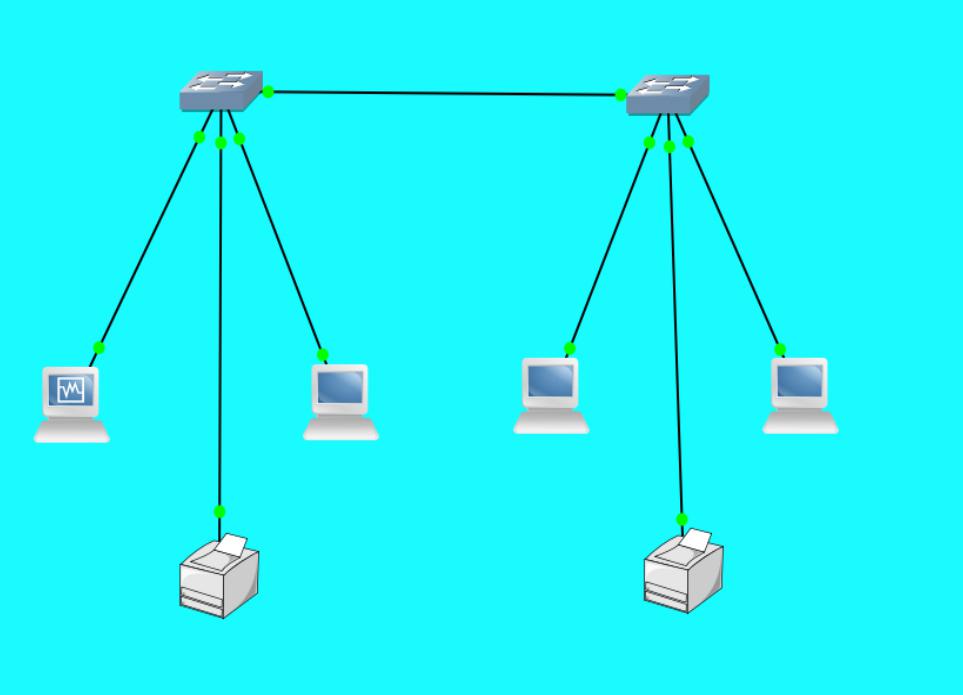Understanding Hierarchical Routing: A Guide to Scalable Network Design
In the world of computer networking, efficient data transmission is critical for ensuring smooth communication across devices. Hierarchical routing stands out as a key concept for optimizing and scaling large networks. This article explores what it is, its advantages, and how it operates in various network settings.
What is Hierarchical Routing?
Hierarchical routing is a method of routing in which networks are divided into smaller, manageable segments or layers. Each segment is organized hierarchically, with higher layers managing lower layers. This structure simplifies routing decisions, reduces overhead, and enhances the scalability of the network.
Typically, it is implemented in large-scale networks, such as the Internet, where maintaining a flat routing table for all possible connections would be impractical. By organizing the network into tiers, hierarchical routing allows routers to focus on local traffic while higher-tier routers handle inter-segment communication.

How does it work?
- Network Segmentation: The network is divided into regions, sub-regions, and subnets, creating a hierarchy. Each layer is responsible for managing its portion of the network.
- Routing Tables: Routers maintain different routing tables for local and inter-region traffic. Local routers manage traffic within their region, while higher-level routers direct traffic between regions.
- Path Optimization: It uses aggregation to reduce the size of routing tables. Instead of storing detailed routes for every device, routers store summarized paths to other regions, minimizing memory and processing requirements.
- Scalability: As the network grows, new regions can be added without overwhelming the entire routing structure. This makes hierarchical routing an excellent choice for large and dynamic networks.
Advantages of Hierarchical Routing
- Scalability: By dividing networks into smaller segments, it supports the growth of large networks without causing performance degradation.
- Reduced Overhead: Aggregating routes minimizes the complexity of routing tables, leading to faster and more efficient routing decisions.
- Improved Manageability: Localized control within regions simplifies network management and troubleshooting.
- Enhanced Performance: Reducing the number of routes that routers must process enhances the speed and reliability of data transmission.
Applications of Hierarchical Routing
- The Internet: The Internet relies heavily on hierarchical routing, with backbone routers managing traffic between autonomous systems and local routers handling intra-domain traffic.
- Mobile Networks: Cellular networks use hierarchical routing to connect mobile devices to nearby base stations, which in turn communicate with larger network segments.
- Enterprise Networks: Large organizations often implement hierarchical routing to manage traffic across multiple offices or data centers efficiently.
Challenges in Hierarchical Routing
While hierarchical routing offers many benefits, it is not without challenges:
- Configuration Complexity: Setting up hierarchical routing requires careful planning and coordination to ensure efficient data flow.
- Latency: Aggregation can sometimes lead to suboptimal routing paths, increasing latency.
- Fault Isolation: Issues in higher-level routers can affect multiple lower-level segments, potentially impacting larger parts of the network.

Best Practices for Implementing Hierarchical Routing
- Design for Growth: Plan the network structure to accommodate future expansion without significant reconfiguration.
- Optimize Aggregation: Balance route aggregation to minimize table size while maintaining efficient routing paths.
- Use Redundancy: Implement redundant paths and failover mechanisms to ensure network reliability.
- Monitor and Maintain: Regularly monitor network performance and update routing configurations as needed to address changing demands.
Conclusion
Hierarchical routing is a cornerstone of scalable and efficient network design. Structuring networks into manageable layers allows for optimized routing, reduced overhead, and easier maintenance. Whether you’re designing an enterprise network or contributing to global Internet infrastructure, understanding and leveraging hierarchical routing principles can significantly enhance your network’s performance and scalability.